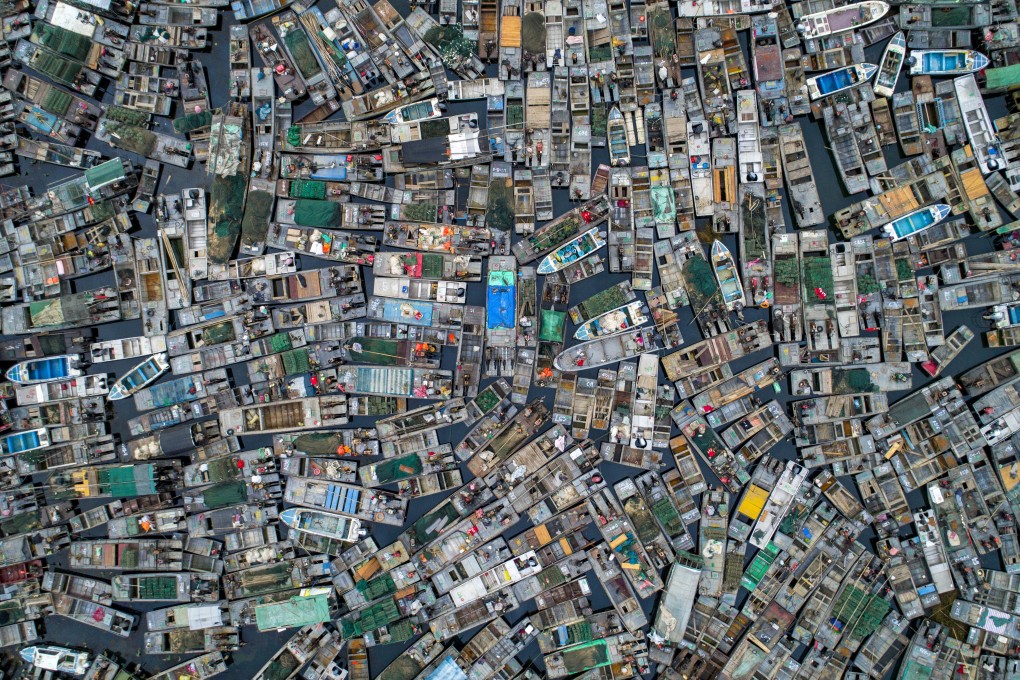As China’s demand for seafood grows, can it navigate a sustainable course?
- A recent study predicts Chinese demand for seafood will outstrip supply by 2030, by as much as 18 million tonnes a year. As a result, the shape of the international fisheries trade is likely to shift dramatically

When Chinese leader Deng Xiaoping began to seriously set about lifting China’s (then) billion-strong population out of squalor and poverty in the 1980s, with the aim of joining that small and lucky part of the world that lived in material affluence, I wonder if he recognised the problems he would create for the rest of the planet?
For the better part of two centuries, the world had maintained a sort of equilibrium, with a small minority of the population concentrated in Europe and North America living in material comfort, relying on the cheap and steady supply of commodities from a necessarily-poor rest of the world.
They were necessarily poor for two reasons: first, if they were paid more for their foodstuff and raw materials, then the cost of the West’s comforts would rise sharply; and, second, because they would become wealthy enough to consume themselves, creating competition for raw materials and for the luxury consumables that until the middle of the 20th century were the exclusive prerogative of the West.
But did he anticipate the furore it would create in the privileged West? Or the very real environmental challenges and climate disruption that would arise?
